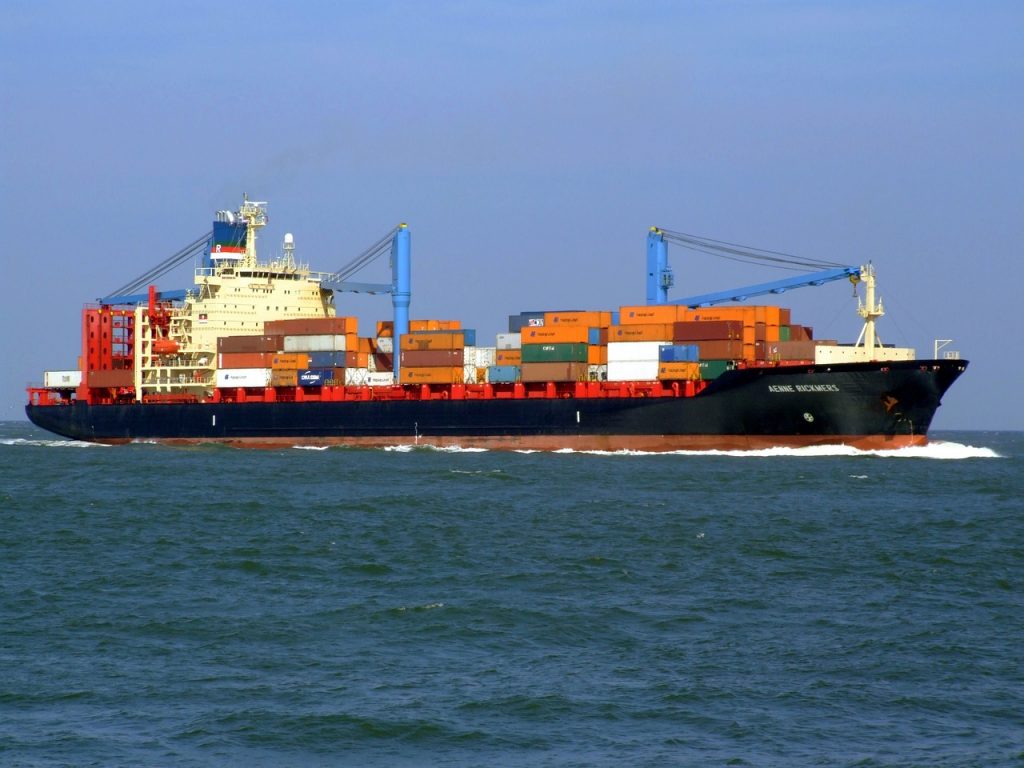Price increases fail, fares continue to fall on multiple routes!

Shipping companies have increased fares four times since July by reducing sailings and cutting capacity, but due to weak global economic demand, the market recovery has been slower than expected.
On August 24, the World Container Index (WCI) announced a 3.5% decrease, and the Shanghai Shipping Exchange’s Export Container Freight Index (SCFI) fell by 1.67%, experiencing two consecutive declines.
The latest SCFI freight index shows that apart from a small increase of 0.15% on the US West Coast route, the freight rates for major routes in Europe, the Mediterranean, and the US East Coast have respectively dropped by 5.87%, 3%, and 1.86% for every 40-foot container.
Industry insiders indicate that the current freight rates on the US routes are profitable. In the absence of a significant demand recovery and with record-breaking addition of shipping capacity, shipping companies will continue to reduce sailings and slow down the decline in freight rates.
Freight forwarders say that the August cargo volume on the US routes is similar to that of July. Customers with higher cargo volume have room for negotiation. The shipping companies’ price floor is set at $2000 for the US West Coast and $3000 for the US East Coast. As for the European routes, which have seen four consecutive weeks of decline, the economic downturn and low cargo volume have led shipping companies, most of which operate 20,000 TEU vessels, to switch to smaller vessels and reduce capacity.
Overall, the loading rate on the Europe to Asia routes is insufficient, and most shipping companies continue to lower prices to attract cargo. As for the North American routes, the overall market demand for shipping at the end of the month is limited, and some shipping companies have slightly lowered their fares to attract cargo.
MSI’s Horizon report for August predicts that the upward trend in fares on major trade routes will “relatively quickly lose momentum” and identifies the gradual introduction of newly built ultra-large container ships into loop operations as the main reason.
The report states: “Due to declining freight volumes, ship companies will need to significantly increase scrapping, blank sailings, and potential idle vessels in the next two to three quarters in order to keep fares at sustainable levels.”
Some freight forwarders also point out that this week the actual received freight rates have fallen by approximately $100-150 for every 40-foot container, with rates around $1900-2100 for the US West Coast and $2900-3100 for the US East Coast. In the European routes, the freight rates per container are around $1200-1350.
Although shipping companies have plans to increase fares on September 1, it is estimated that the increase will be difficult, and any decline in fares will be limited.
